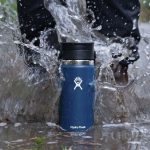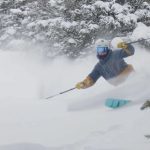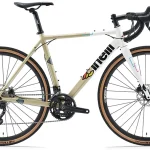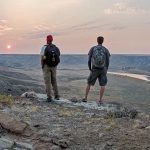In 2008, American participation in outdoor recreation was marked by encouraging growth in important segments of core outdoor activities as well as continuing, though less dramatic, declines in youth participation, according to a new report, the 2009 Outdoor Recreation Participation Report, released today by The Outdoor Foundation. These trends show the beginning of adjustments in American lifestyles brought about by a challenging economy, shifting demographics and changing times.
“In today’s economy, people are returning to simpler lifestyles – the ‘less is more’ ethic,” said Christine Fanning, executive director of The Outdoor Foundation. “Historically economic downturns have resulted in increased participation in outdoor recreation. Nature-based activities provide fun, affordable recreation and vacation opportunities for individuals and families. In the resurgence of several core outdoor activities in 2008, we hopefully see Americans beginning to reconnect with nature. With the impacts of the obesity and inactivity crisis felt nationwide – particularly among our kids – a return to a healthier outdoor lifestyle is an encouraging development and important trend.”
The Outdoor Foundation’s 2009 Outdoor Recreation Participation Report is the only detailed study of its kind tracking American participation trends in outdoor recreation. The study is based on an on-line survey capturing responses from over 40,000 Americans ages six and older and covers 114 different activities, making it the largest survey of its type examining participation in sports and outdoor activities.
The report provides important insights into participation in outdoor recreation that are critical to efforts nationwide seeking to understand and reverse the growing inactivity crisis and the growing disconnect with the outdoors among youth and all Americans. Detailed information is included on youth, diversity, and gender – demographics essential to future generations of outdoor enthusiasts and conservationists.
Key Findings of the 2009 Outdoor Recreation Participation Report:
Participation in Outdoor Recreation
– Popular Pastimes: In 2008, 48.6 percent of Americans ages 6 and older participated in outdoor recreation. Americans made an estimated 11.16 billion outdoor excursions in 2008 – either close to home, in a nearby park or on an overnight trip.
– More Indoor Youth: Participation in outdoor recreation among youth ages 6 to 17 dropped by six percent – resulting in a combined 16.7 percent drop over the last three years. Participation fell most precipitously among the youngest age group measured, ages 6 to 12, which decreased nine percent.
-Outdoor Participation varies by Ethnicity: Participation in outdoor activities is higher among Caucasians than any other ethnicity and lowest among African Americans in nearly all age groups.
-Diverse Youth, More Focused on School: Diverse youth participants cite school work as the top reason they don’t get out more often – a barrier they cite more prominently than Caucasian youth.
-Hispanics, Looking for Nearby Outdoor Recreation: Hispanic participants and non-participants alike cite a lack of access to nearby places to participate in outdoor activities as a barrier to participation more often than other ethnicities















